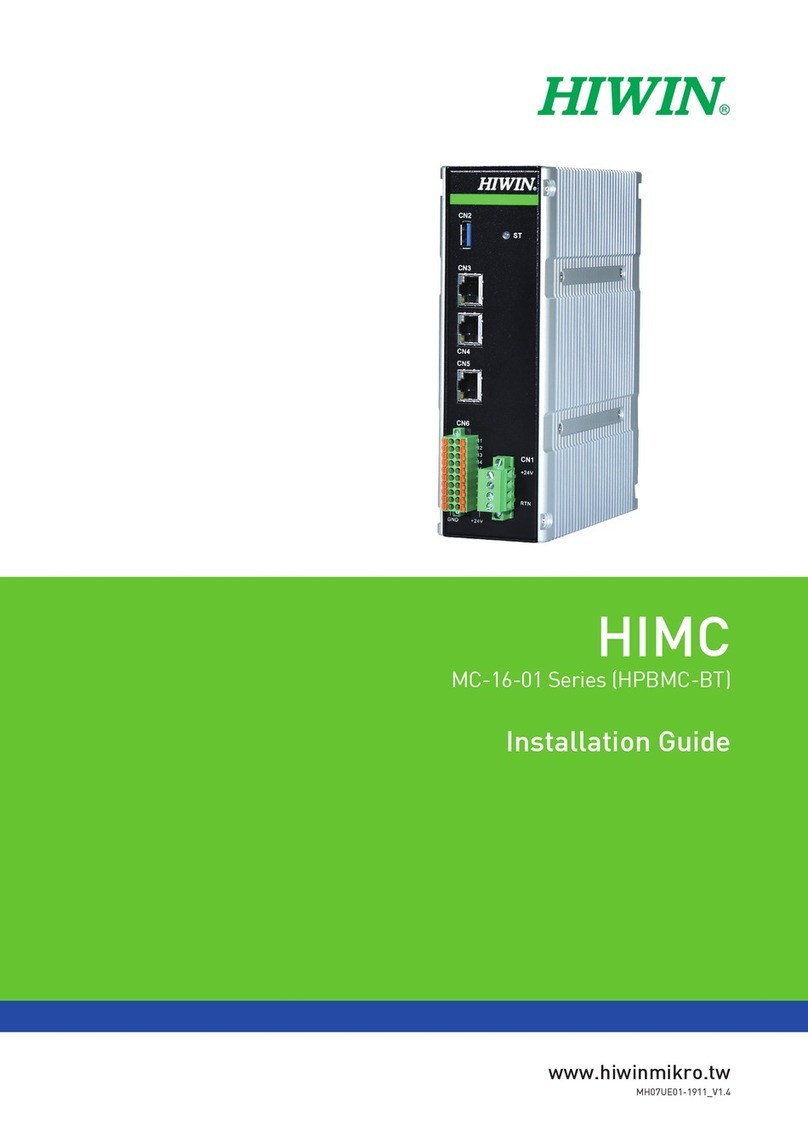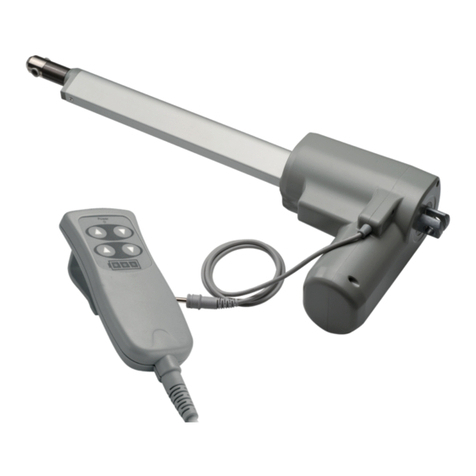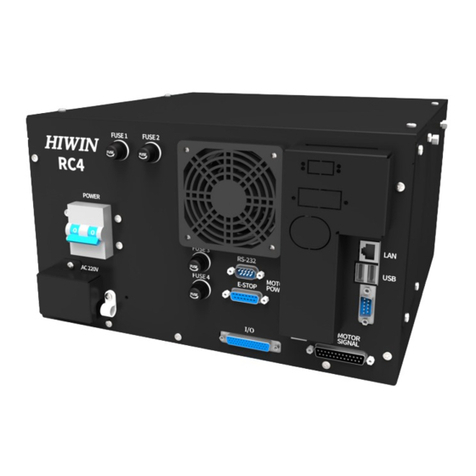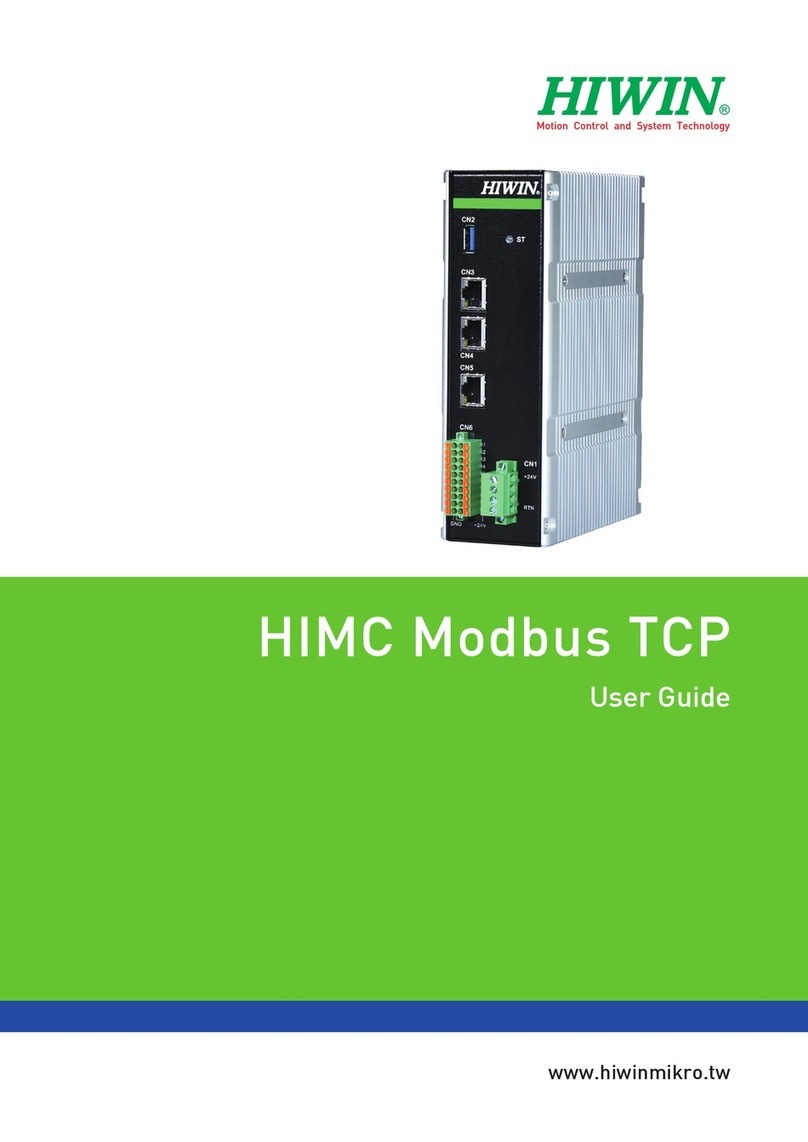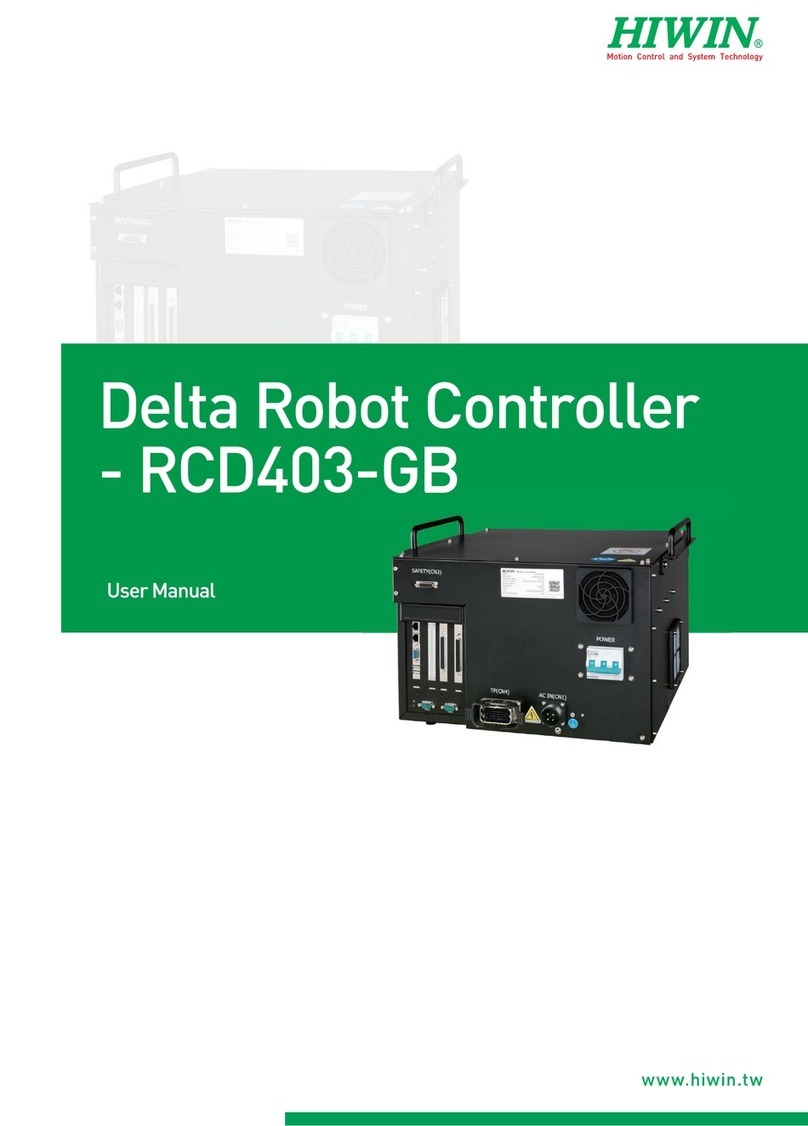
C21UE102-2110
1
CONTENTS
0. Safety Precautions ...................................................................................4
1. Specification ..........................................................................................17
1.1. Standard Specification.............................................................................................17
1.2. Standard and Optional Equipment...........................................................................19
1.3. Appearance Dimensions..........................................................................................23
1.4. Appearance Component..........................................................................................25
1.5. Indicator light Signal................................................................................................27
1.6. Operating Environment ...........................................................................................28
1.7. Sticker and Label .....................................................................................................29
2. Installation.............................................................................................33
2.1. Installation Dimensions...........................................................................................33
2.2. Multifunctional Installation Handler........................................................................39
2.3. Basic Architecture ...................................................................................................42
2.3.1. Connection Method .....................................................................................................................42
2.3.2. Transformer Installation (Optional) .............................................................................................45
2.4. Controller Boot/Shutdown Program Description......................................................47
2.5. Power and Signal Cable Connection.........................................................................48
2.6. Emergency Stop Switch Connection (E-STOP) (optional) ...........................................51
2.7. Remote Control Connect Description.......................................................................56
3. External Input / Output .........................................................................58
3.1. Function I/O............................................................................................................59
3.2. Digital I/O ...............................................................................................................60
3.3. Example of Connection............................................................................................61
3.4. RS-232 Port .............................................................................................................65
3.5. RS-485 Port .............................................................................................................67
3.6. External I/O expansion interface (optional) .............................................................69
3.6.1. CC-LINK Interface (optional) ........................................................................................................70
3.6.2. PROFINET IO Interface (optional).................................................................................................71
3.6.3. Encoder data acquisition module (optional)................................................................................72
3.6.4. I/O Module with 32CH Digital Outputs (optional) .......................................................................74






